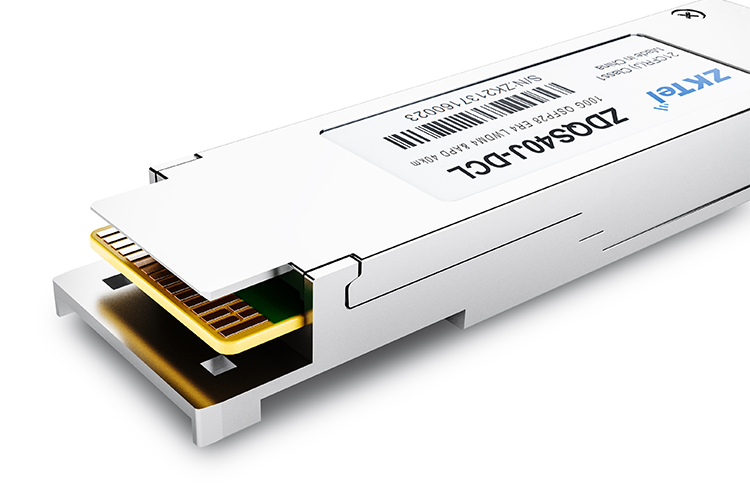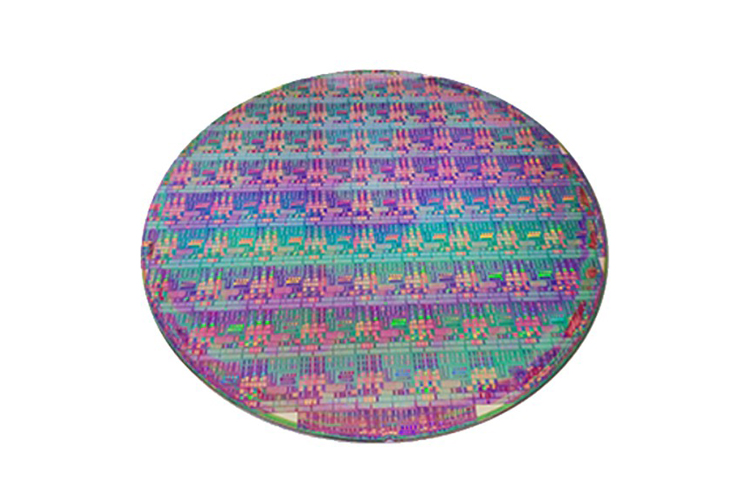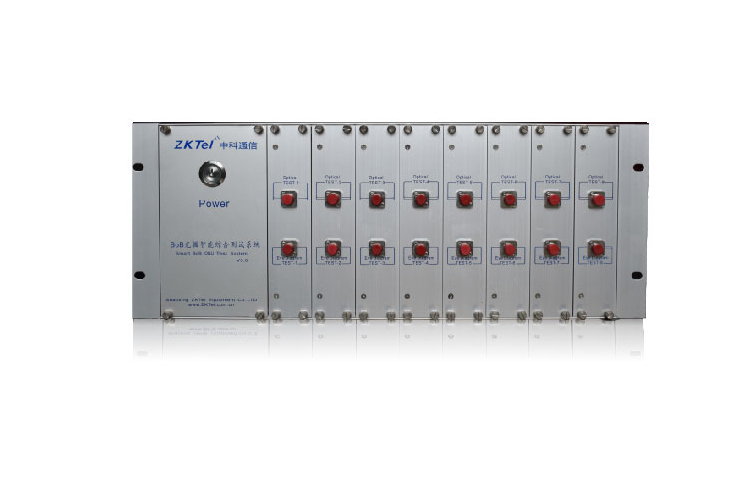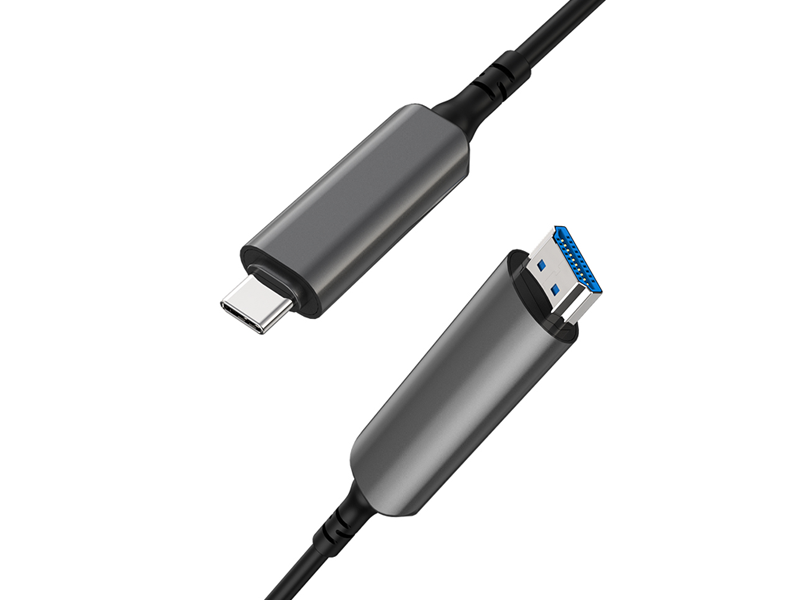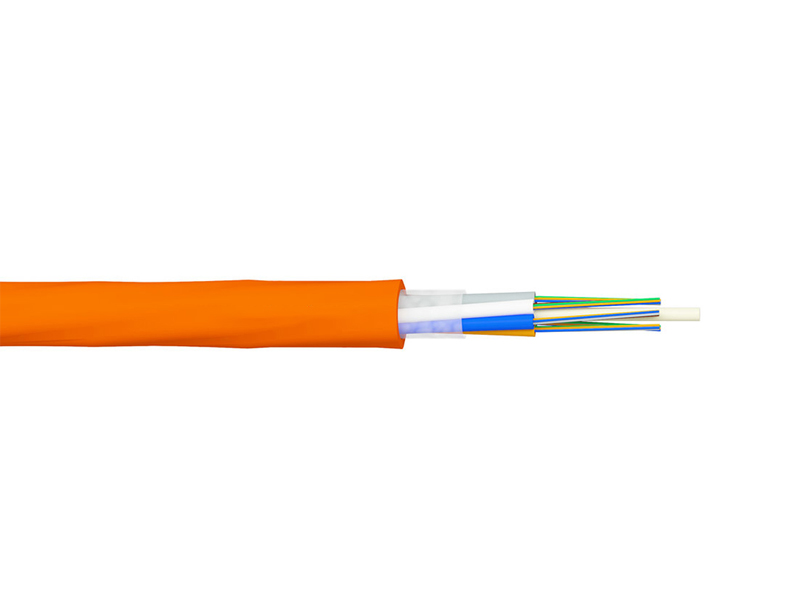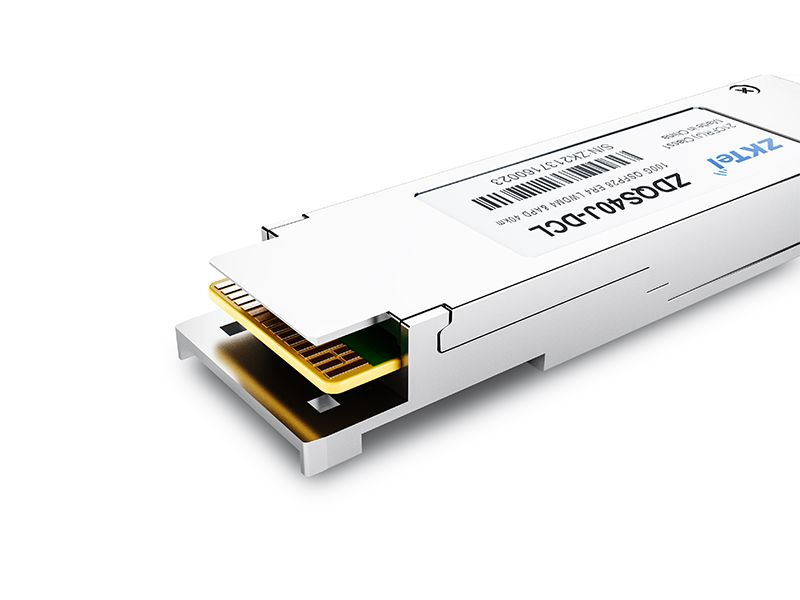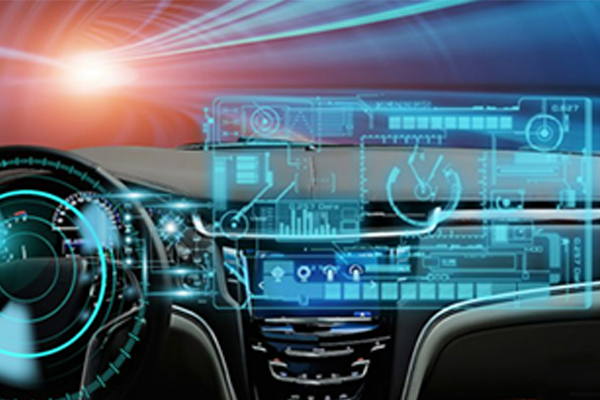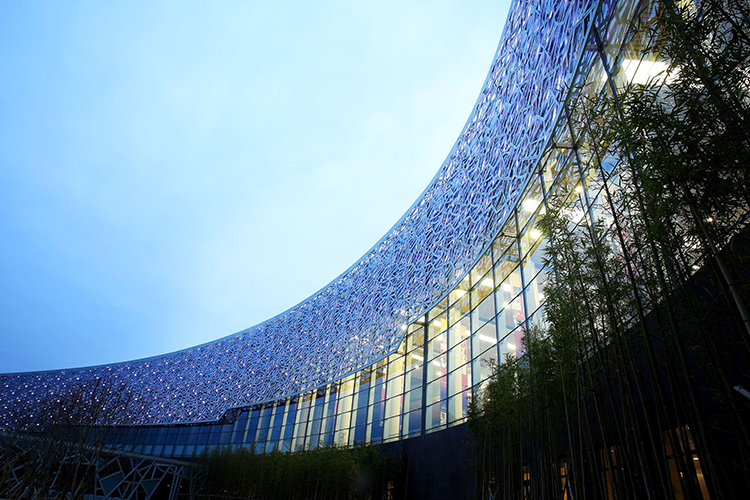The real barrier of LIDAR is the laser transceiver system, not the "mechanical rotation", "semi-solid state", "rotating mirror", "prism " "MEMS" these words represent the scanning system. As the market competition gradually enters the deep water, the laser transmitting and receiving system, is becoming a new focus of the market.
According to the different degree of system integration, the laser transmitting system of TOF LIDAR that has entered mass production stage can be divided into EEL and VCSEL, and the receiving system can be divided into APD and SPAD; and according to the different wavelength of light source, the laser transmitting and receiving system is mainly divided into 905 and 1550 two major categories. Because of the key points such as "human eye safety", "detection distance", "power consumption" and "cost", 905 and 1550 this classification is worth to take out some discussion.
905nm and 1550nm are both wavelengths of light, and each wavelength has its own characteristics, such as the characteristics of receiving, sending, being interfered with, the characteristics of the human eye, etc. In fact, there is no difference between the advantages and disadvantages, but when applied to LIDAR products, in different aspects will show their respective "advantages and disadvantages".
At present, 905 and 1550 LiDAR both have products starting to enter mass production and delivery stage, which technical route is "better", LiDAR manufacturers are naturally each of their own words, and, if only from a single perspective, the manufacturers' statements are often "absolutely true". "But according to a lidar manufacturer, "car companies are not particularly satisfied with the 905 and 1550".
From the perspective of a third party, it is irresponsible to simply and rashly say "who is better than who", rather than this, it is more meaningful to clarify many misunderstandings and doubts through layers and layers.
Note: In FMCW, 1550 is a better choice than 905, this has become the consensus of the industry, therefore, the subsequent comparison of 1550 and 905 in this article refers specifically to the technical route in TOF.
I. The advantages of 1550, not only "detection distance"
When it comes to 1550 LIDAR, the first reaction is that, compared with 905, the most obvious advantage of 1550 is that it can work with higher luminous power under the premise of ensuring the safety of human eyes, thus achieving a longer detection distance.
In addition, the reason why high-end mapping field prefers to use 1550, the most critical factor is not the "detection distance", but the 1550 beam divergence angle than the 905 is much smaller.
The large divergence angle means that the farther the beam travels, the larger the spot, which may lead to the beam shining on small objects in the distance after the return of energy is not large enough, resulting in the failure to measure. Secondly, it also affects the accuracy of point cloud in complex scenes. If the spot is so large that it hits two objects close to each other at the same time, and it is impossible to decode and distinguish the two objects inside the LIDAR, it may form a "false spot" in the middle of the two objects; if it encounters a crosswalk or a checkerboard grid, such objects with high and low separation, it may even measure out "wavy lines".
905 laser light-emitting surface of several hundred microns, while the 1550 fiber laser light-emitting surface of only about 10 microns, the smaller the light-emitting surface, the spot of the far-field divergence angle can be suppressed the smaller. This means that compared to the 905, the 1550 can have a better measurement of small objects at a distance at the laser dispersion angle level.
II. 1550 "easily absorbed by water" problem is there a solution?
First answer: this problem objectively exists, no solution, but not serious.
Rain can be divided into "drizzle" and in the form of a sheet of "curtain" or "water bank" two, of which, "drizzle" basically does not have the ability to completely shield 1550 light waves (on the one hand, in a normal rainy day the probability of the laser beam hitting the rain is not so high; on the other hand, the spot is much larger than the millimeter-sized raindrops), only into a sheet of "water curtain" or "water bank" to can be absorbed.
However, usually, the "rain" encountered by forward-looking LIDAR is "drizzle" in the air, and there are few cases where the rain in front of us is a "curtain" that slopes down like a waterfall. The rain is so heavy that the entire surface of the object being detected has a 2 mm thick water "waterfall", people can not drive at normal speed, expecting autonomous driving in a few years will be able to handle this kind of conditions perfectly, but also not very realistic.
The ground in patches of rainwater that is "water beach" is indeed more trouble, but not only 1550, encounter this kind of rainwater, 905 will also be "blinded".
III. 1550 "heat dissipation difficult" problem has a solution?
1550 detection distance is longer than the 905, at the cost of higher light-emitting power. Such as the 905's typical power consumption in about 20W, while the 1550's typical power consumption is more than 30W. High power will mean high power consumption, and even means more difficult to dissipate heat. Since the heat dissipation problem is not easy to handle, the OEMs want to be solved by Tier 1, while Tier 1 wants to be solved by the LIDAR manufacturers themselves.
1. The electro-optical conversion efficiency of 1550 is even lower
If the power is controlled to the same level as the 905, the 1550 has no advantage in detection distance and is even worse than the 905 because, overall, the electro-optical conversion efficiency of the 1550 is lower than that of the 905. The so-called "electro-optical conversion efficiency" refers to the efficiency of the LIDAR to convert electrical energy into light waves. This conversion process, a certain degree of energy loss will occur, and the amount of loss, it will determine the electro-optical conversion efficiency.
The longer the wavelength of light, the lower the energy of each photon, accordingly, the carrier absorption will be more, and carrier ion absorption means a lot of loss, therefore, the energy efficiency of 1550 is naturally not as high as 905. 905 with a semiconductor laser, and 1550 is a fiber laser, the difference in the principle of these two lasers also affects the electro-optical conversion efficiency.
In summary, the electro-optical conversion efficiency of the 905nm laser is definitely higher, because there is less of a fiber coupling and amplification process compared to fiber lasers. The electro-optical conversion efficiency of semiconductor lasers depends on the development of the entire level of materials and semiconductor processes, while the electro-optical conversion efficiency of fiber lasers depends more on the design and implementation of coupling processes and fiber amplifiers, as well as the improvement of the material properties of special fibers.
So, can 1550 be made into a semiconductor laser, eliminating the "fiber coupling amplification" process? Also can, but then, only the seed laser, then its luminous power is far weaker than the 905, accordingly, the detection distance is also far less than the 905.
2. An indirect reason: the number of lasers in 1550 is too small
In the 905+VCSEL LIDAR of Hesai, the number of lasers often has a one-to-one relationship with the "number of lines", such as 128 lines have 128 lasers, while Luminar's 1550 LIDAR only uses 1 laser despite the claim of 640 lines, and some 1550 LIDARs also use 2 lasers. 2 lasers are used.
Since the whole machine has only 1-2 lasers, in order to achieve the effect of "128 lines" and "640 lines", the mechanical movement frequency of the scanning parts of the 1550 LIDAR is naturally much higher than that of the 905 LIDAR which has many lasers, so that The aperture of the scanning mirror needs to be made especially small. In this way, it is more difficult to receive photons, and in order to reduce the difficulty of receiving photons (i.e., to improve the efficiency of light reception), it is necessary to increase the power of the transmitter.
So, is it possible for the 1550 to have as many lines as there are lasers, as in the case of the Hesai 128?
The answer is: whether from the cost point of view, or technical engineering point of view, are not feasible.
First of all, the cost of 1550 semiconductor lasers is usually several times that of 905 semiconductor lasers, so if a high line of 1550 LIDAR uses the same number of lasers as 905, it will not be able to bear the cost.
Second, the technical engineering level, fiber lasers are large, high power consumption, if many lasers are used, not only will it be particularly difficult to integrate, but also lead to the LIDAR whole machine is too large, and therefore can not be installed to the whole car.
3. Another indirect reason: the detection side
Lidar is a system engineering, so the power consumption is not only limited by the laser transmitter side, but also by the detection side.
Currently, the detection side of 905 has a mature single photon detector (only a few photons can be detected), which is the SPAD of silicon-based material, while the detection side of 1550 is made of indium gallium arsenic, which has a lower sensitivity than silicon-based material (hundreds of photons are needed to detect), therefore, in order to achieve a longer detection distance, the power of the transmitting side naturally needs to be higher than 905. Many to do.
Comprehensive analysis of the above three points, 1550 laser power consumption, heat dissipation is difficult to solve this problem is basically insoluble, therefore, power consumption can not be reduced to the same level as the 905.
IV. Single laser solution & multi-laser solution
Based on the previous section, it can be concluded that in the short term, 1550 is unlikely to make a multi-laser solution. 1550nm fiber laser itself has a higher pulse power and repetition frequency, and only one laser transceiver is needed to complete the detection of high re-frequency.
However, operating the 1550 at higher pulse powers and repetition frequencies would have the following drawbacks.
The cost of a significant increase in power per point is that the 1550 cannot achieve the same number of point clouds per second as the 905, which in turn will affect resolution.
In order to do a large FOV and point cloud number, single laser solutions are basically using two-dimensional mirror, which leads to its structure than multi-laser solutions (usually using a one-dimensional mirror) is much more complex, accordingly, in order to maintain performance and stability, the required investment in research and development costs are also higher.
As for the question of "high load will affect its life and reliability and robustness", the load required by the current LIDAR, even if the point frequency increases by more than ten times, for 1550nm fiber laser is not "overload", as long as the design As long as the design is good, this load is not a problem at all.
V. Can the 1550 be made into a VCSEL chip solution?
The 1550 is too large, so the number of lasers can not go up, so can the 1550 be made into a VCSEL chip (with multiple lasers) program to achieve the same high degree of integration as the 905?
The answer is: no.
One, not everything you want to chip can be chip-based, it is a necessary condition for non-chip-based system is already a mature and stable system, has been verified, but the 1550nm system today is not mature enough, reliability, performance has not yet reached the demand, therefore, it is unlikely to achieve chip-based.
Second, 1550 made VCSEL "does not make any sense", 1550 fiber laser beam quality is very good, we want to use the 1550 light laser as a light source, mainly because of the fiber laser beam quality, if made VCSEL, it is no different from the 905 semiconductor lasers .
VI. Detection end of the upgrade, 1550 than the 905 more difficult
As mentioned earlier, one of the reasons for the high transmitting power of the 1550 is the relatively low sensitivity of the detection end, in order to achieve a relatively long detection distance, the transmitting end naturally requires a higher power than the 905. This means that one of the paths to reduce power consumption of 1550 is to improve the sensitivity of the detection end, is this idea feasible?
It seems not, because at this stage, even aside from the yield, cost factors, in terms of detection efficiency, response speed, operating temperature range, compared with the 1550, for 905nm silicon detectors also have obvious advantages.
Although the power of the 905 laser is ultimately limited by the safety of the human eye, but can be achieved by improving the efficiency of the detector to achieve a longer detection distance. In the future, the 905 in the detector is mainly to continue to improve the detection efficiency of single photons. Currently, the detection efficiency of the single photon detector is around 10%, which means that every 10 photons received will trigger an avalanche. Subsequently, this value will be gradually increased to 20% and 30%.
However, the noise of indium gallium arsenic, the material used at the detection end of 1550, is very large, especially when it is made into a single-photon detector, which needs to be cooled to a temperature below minus 20 degrees to suppress the noise generated by the material itself. It is hard to imagine a detector that needs to be cooled to below -20 degrees to survive in an in-vehicle environment, which is why few single-photon detectors are used at the detection end of the 1550 now. Therefore, there is no way to take advantage of the higher sensitivity of single-photon detectors, which is the most important advantage.
VII. Is it possible to apply 1550 to Flash?
The industry generally believes that the end game of TOF LIDAR is Flash. At this stage, the lasers used in Flash LIDAR are basically 905nm, so is it possible for Flash to be made into 1550 in the future?
The answer is technically feasible, but practically not necessary. The main reason is that the cost is too high. 1550 has a small divergence angle and high spot quality, which is very suitable for point light source, but FLASH is a surface light source and does not need any movable scanner.
VIII. Manufacturing
In addition to the performance and reliability discussed above, manufacturing is the key to LiDAR mass production delivery.
For 905nm devices, using the $300 billion industry scale dividend of CMOS image sensors, larger wafers and smaller pixel sizes can be used, and more importantly, there are more than 20 mature superfactories worldwide with such production processes. As the application of 905 continues to expand, the gap between the two manufacturing processes will only widen.
Summary
Although most LiDAR manufacturers have stockpiled 1550 technology, 905 will be the mainstream for quite a long time.
In terms of performance, reliability and cost of the three core elements of LiDAR, 1550 solution is inferior to 905, so 1550 will not be the future trend, but only a transitional solution with some advantages in single-point ranging capability in the past two years. With the further improvement of 905 silicon-based single photon detector performance, the advantage of 905 over 1550 will be greater and greater over time.
In this regard, another point of view is that the 1550nm route was able to achieve 250m @ 10% consistently and reliably a few years ago and has been in mass production; in the future, it will be relatively easy to further improve its performance to meet the needs on the OEM roadmap. The 905nm currently takes a lot of effort to reach 150m @ 10%, and only reaches 200m after sacrificing some important metrics such as detection reliability for autopilot out-of-home scenarios, and its further improvement challenges will be even greater. Therefore, the 905 lags behind the 1550nm gap will gradually widen.
Of course, the above discussion is for TOF LIDAR, and after the maturity of FMCW technology route, there will be a situation where 905 and 1550 will compete with each other - because, FCMW has speed dimension information and is much stronger than TOF in terms of anti-interference, which are not available in TOF of 905. advantage, and the FMCW is naturally the 1550.(Article source https://zhuanlan.zhihu.com/p/564467586)

